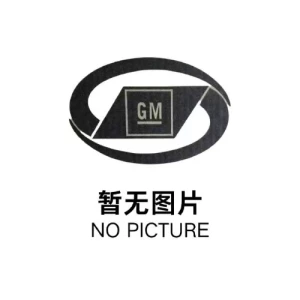Disposable Infusion Pump: A Complete Guide for Buyers in 2025
Disposable infusion pumps are essential medical devices used for controlled drug delivery in hospitals, clinics, and home care settings. These compact, single-use devices offer precision and convenience, making them popular among healthcare providers worldwide. In this guide, we'll explore the key aspects of disposable infusion pumps, helping you make informed purchasing decisions.
How to Find Reliable Disposable Infusion Pump from China in 2025
China has become a major hub for medical device manufacturing, including disposable infusion pumps. To find reliable suppliers:
- Check certifications like CE, ISO 13485, and FDA approvals
- Review supplier history and customer feedback on platforms like Alibaba
- Request product samples before bulk orders
- Verify manufacturing facilities through virtual or in-person tours
Leading Chinese manufacturers often offer competitive pricing without compromising quality, with production capacities exceeding 500,000 units monthly.
What Buyers Should Know Before Buying Disposable Infusion Pump from China
When importing disposable infusion pumps from China, consider:
- Shipping costs and import duties for your country
- Minimum order quantities (typically 500-1,000 units)
- Lead times (usually 15-30 days for production)
- Customization options for flow rates and drug compatibility
Always request a proforma invoice detailing all costs to avoid hidden charges.
Types of Disposable Infusion Pump
There are three main types of disposable infusion pumps:
- Elastomeric pumps: Use a pressurized balloon to deliver medication
- Mechanical pumps: Employ spring mechanisms for drug delivery
- Electronic pumps: Battery-operated with programmable features
Elastomeric models account for about 60% of the disposable pump market due to their simplicity and reliability.
Functions and features of Disposable Infusion Pump
Modern disposable infusion pumps offer:
- Precision flow rates (typically 0.5-500 ml/hr)
- Drug compatibility indicators
- Flow rate accuracy within ±5%
- Lightweight designs (often under 100g)
- Battery life up to 72 hours for electronic models
Advanced models may include alarms for occlusions or completion of infusion.
Scenarios of Disposable Infusion Pump
Disposable infusion pumps are commonly used for:
- Post-operative pain management
- Antibiotic therapy
- Chemotherapy in outpatient settings
- Palliative care
- Home infusion therapies
Hospitals report 30-40% cost savings compared to traditional infusion systems when using disposable models.
How to Choose Disposable Infusion Pump
Selecting the right pump involves:
- Identifying your specific medication requirements
- Determining needed flow rate precision
- Considering patient mobility needs
- Evaluating cost per treatment
- Checking compatibility with your facility's protocols
For most clinical applications, elastomeric pumps with 2-5 ml/hr flow rates are sufficient.
Disposable Infusion Pump Q & A
Q: How long can a disposable infusion pump last?
A: Most pumps operate for 24-72 hours depending on the model and flow rate settings.
Q: Are these pumps reusable?
A: No, they're designed for single-use to prevent contamination and ensure medication accuracy.
Q: What's the typical cost per unit?
A: Prices range from $15-$150 depending on features, with bulk orders offering significant discounts.
Q: How accurate are disposable pumps?
A: Quality pumps maintain ±5% accuracy, comparable to many electronic infusion systems.
Q: Can they be used for all medications?
A: Most pumps work with common solutions, but always check compatibility with viscous or unstable drugs.










































